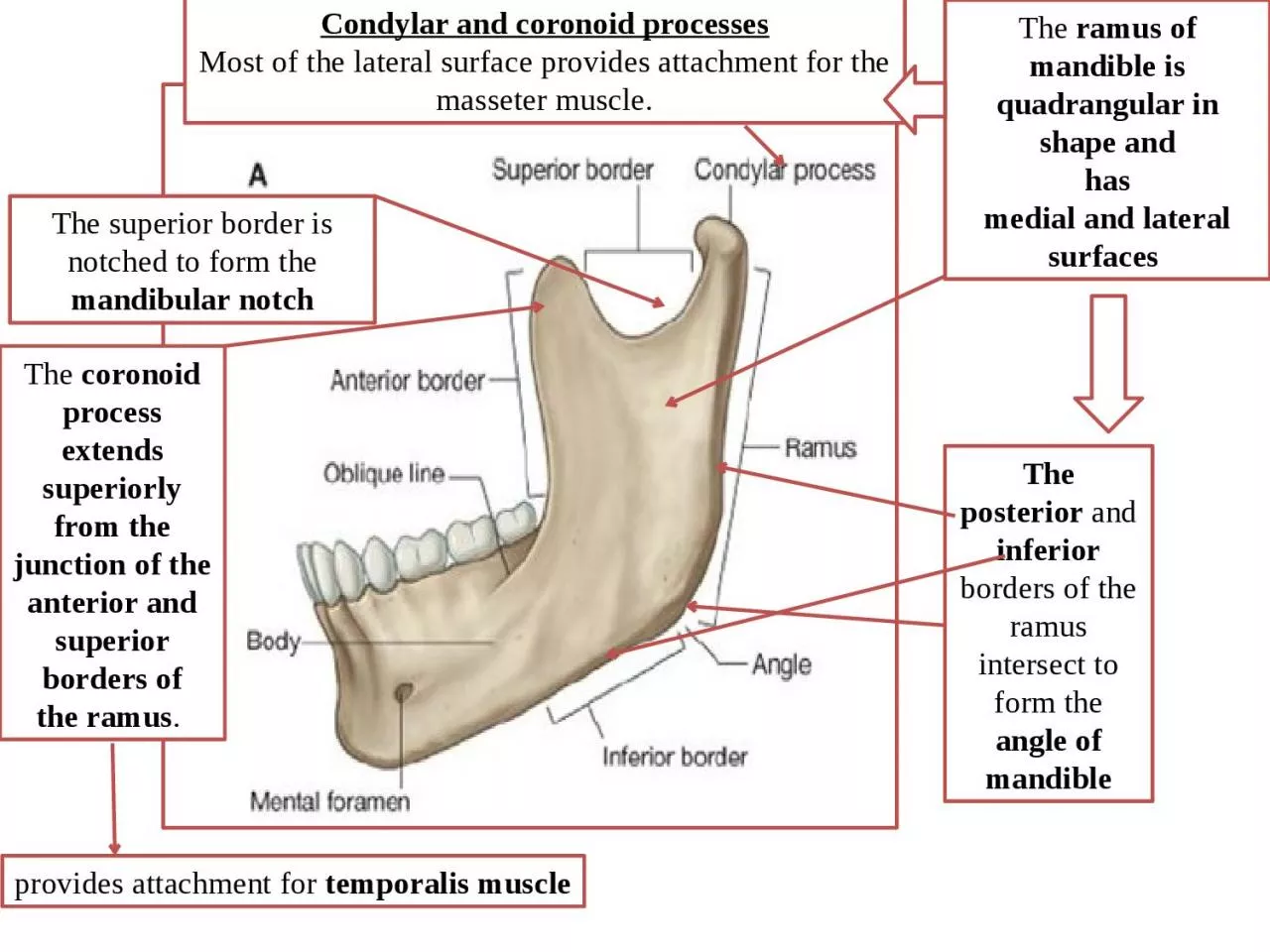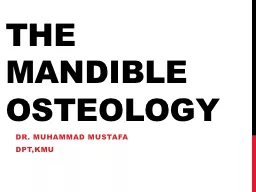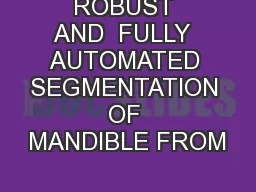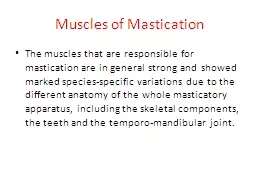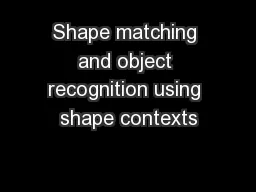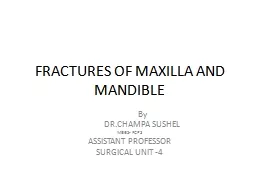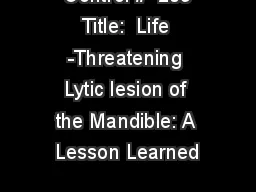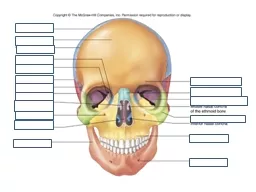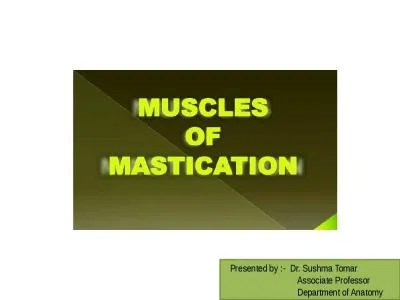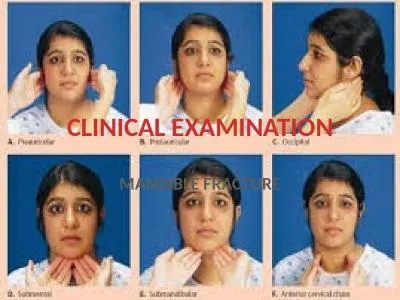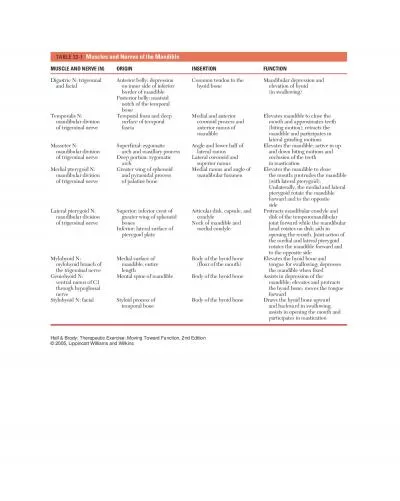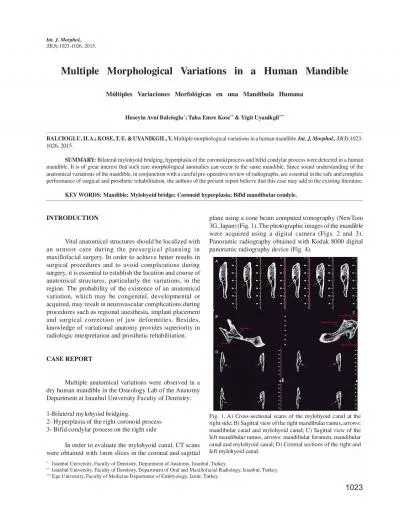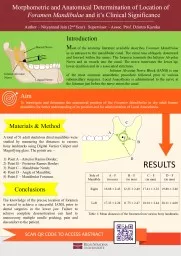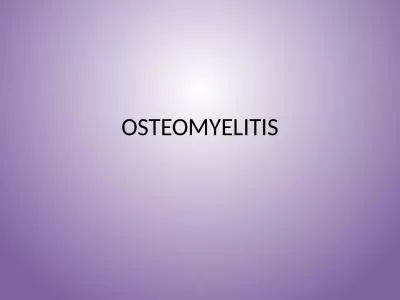PPT-The ramus of mandible is quadrangular in shape and
Author : SugaryDreams | Published Date : 2022-07-28
has medial and lateral surfaces Condylar and coronoid processes Most of the lateral surface provides attachment for the masseter muscle The posterior and inferior
Presentation Embed Code
Download Presentation
Download Presentation The PPT/PDF document "The ramus of mandible is quadrangular i..." is the property of its rightful owner. Permission is granted to download and print the materials on this website for personal, non-commercial use only, and to display it on your personal computer provided you do not modify the materials and that you retain all copyright notices contained in the materials. By downloading content from our website, you accept the terms of this agreement.
The ramus of mandible is quadrangular in shape and: Transcript
Download Rules Of Document
"The ramus of mandible is quadrangular in shape and"The content belongs to its owner. You may download and print it for personal use, without modification, and keep all copyright notices. By downloading, you agree to these terms.
Related Documents

